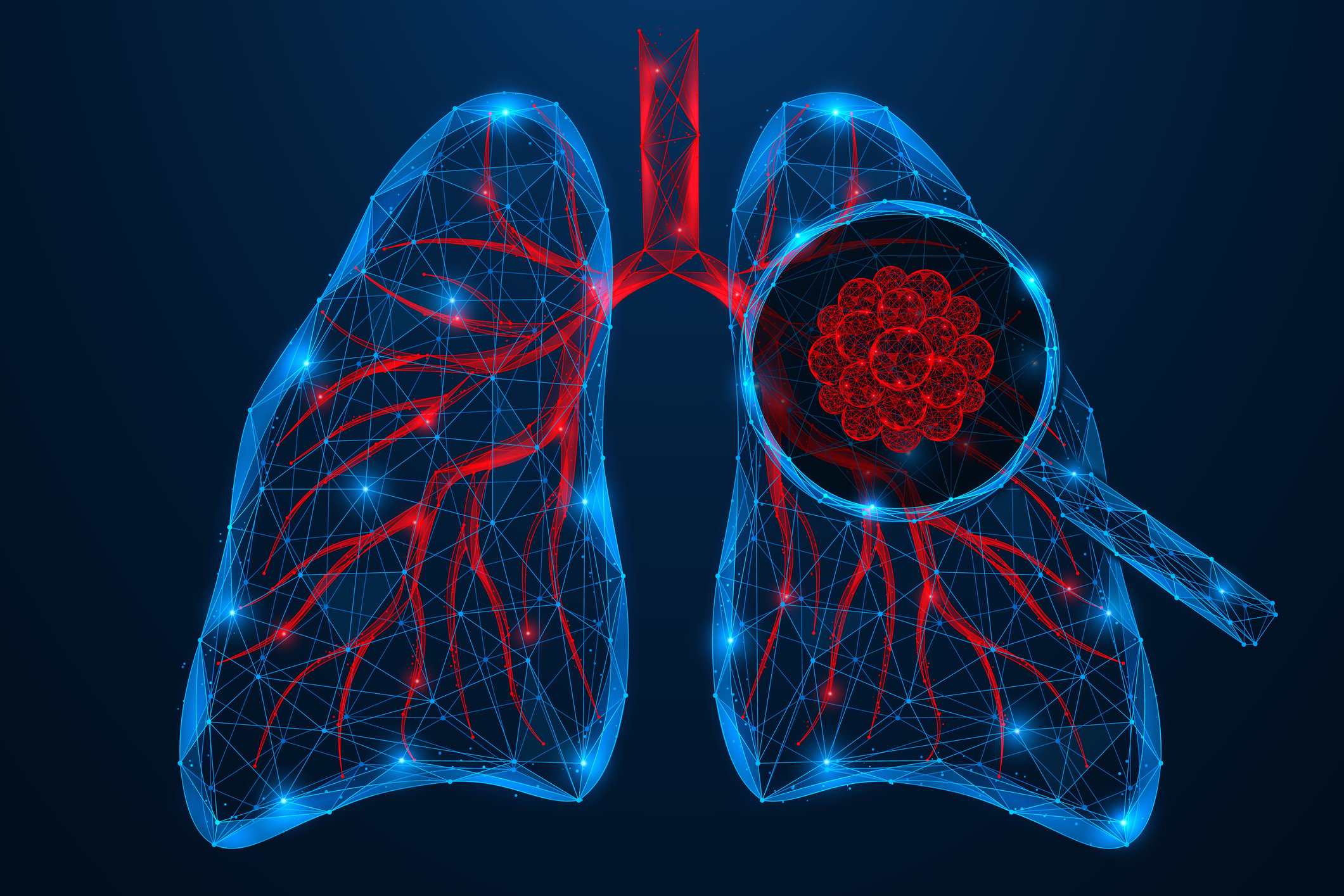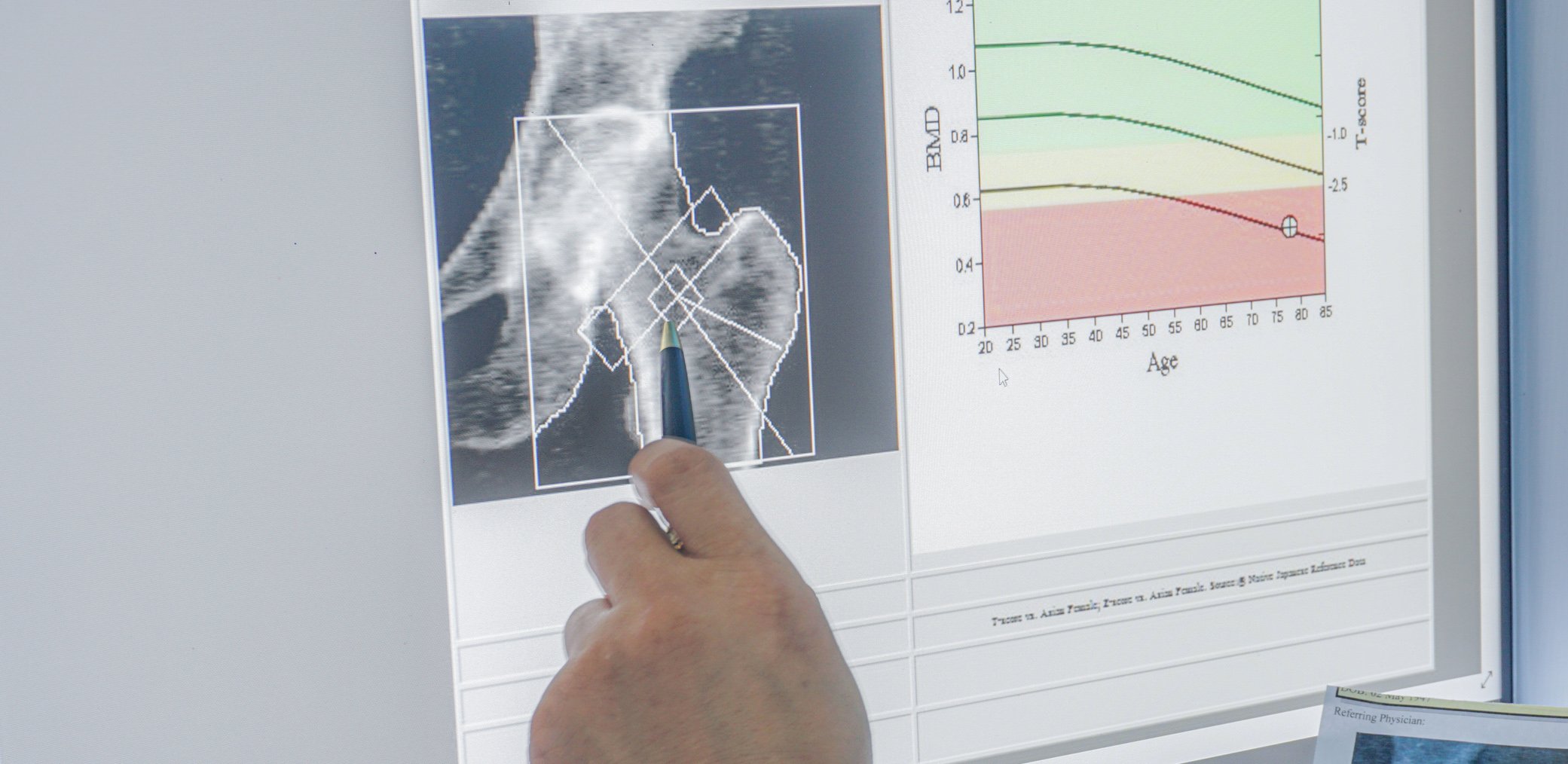When tuberculosis patients are on immunosuppressive therapy and the body’s immune defenses no longer function well, TB usually no longer presents as a local disease but spreads throughout the body. With regard to diagnostics and the use of immunosuppressants, this means observing some deviations from the standard procedure.
The proportion of disseminated cases among all tuberculosis patients is about 0.6 percent. In contrast, under immunosuppression, approximately half of those affected by TB exhibit the disseminated disease type. Therefore, diagnostics no longer function in the usual way; in some cases, paucibacillary pathogens are present, which is why the physician should urgently contact the laboratory and clarify which material should be sent in. Urine and liver punctures are well suited, but sputum and bronchial secretions are still classically used. “Anything you can get, because the pathogen has spread throughout the body,” explained Dr. Brit Häcker, German Central Committee to Fight Tuberculosis, Berlin [1].
The therapy is the same as in patients who are not immunosuppressed: One gives a combination of 4 different drugs (isoniazid, rifampicin, pyrazinamide, ethabmutol) for 2 months followed by 4 months of maintenance therapy. This is also embodied in the guideline, where organ transplant patients have been considered with such a recommendation [2]. “This can also be transferred to other people under drug immunosuppression.” Adjustments to standard therapy must be made if patients have a delayed response, concomitant diseases or intolerances, for example.
Screen for TB before TNFi
With regard to immunosuppression, a distinction must be made: If this is carried out with TNFa inhibitors or other biologics, it should be paused immediately if TB develops, according to the guideline. The therapy of the underlying disease should be adjusted individually. This is always an interdisciplinary, case-by-case decision that must be weighed individually, the expert explained: “Patients and disease courses are extremely heterogeneous.” Finding the balance between immunological treatment of the primary disease and tuberculosis is therefore very challenging.
On the other hand, if there is an indication for glucocorticoid therapy, glucocorticoid doses should be increased during treatment with rifampicin. “If immunosuppression cannot be dispensed with, regular level monitoring and dose adjustment, especially at the beginning and end of therapy, are essential to find out the right dose of immunosuppression with rifampicin. Switching to other drugs must be discussed on an individual basis, but this has not been adequately studied to date, Dr. Häcker said.
Immunological testing is not reliable
Not everyone who tests positive immunologically (via skin or IGRA) will develop tuberculosis. The problem with testing therefore lies in its poor predictability. The positive predictive value ranges from 1.5% (Tuberculin Skin Test, TST) to 2.7% (Interferon Gamma Release Assay, IGRA). Even within risk groups, these values are in the single digits (2.4% TST, 6.8% IGRA). In addition, one must keep in mind that the sensitivity of these tests is additionally impaired and worsened by both the primary disease (e.g., RA) and an existing prior medication,” Dr. Häcker stated.
Given this dilemma, the guideline makes recommendations on which high-risk patients should be screened. In immunosuppressed persons, these are therefore people “before therapy with TNF inhibitors and, if necessary, other biologics and JAK inhibitors. For other immunosuppressive drugs, the decision must be made on an individual basis”. For patients undergoing hematology treatment or transplantation, there is a target recommendation for preventive therapy.
If a practitioner wishes to administer a TNFa inhibitor (TNFi), he or she should have previously ruled out TB disease, perform a TB-specific history, physical as well as chest X-ray, because the IGRA may also be false-negative. If one of these aspects is positive, TB diagnostics can be started directly (i.e. sputum examination and extended radiological diagnostics). If the result is also positive here, tuberculosis therapy can be started. This should be over min. 4-8 weeks before the TNFi can finally be used.
Individuals who are initially unremarkable in the initial screening will receive an IGRA. If this is positive, the extended diagnostic procedure continues. If this is negative, it is a latent Mycobacterium tuberculosis infection (LTBI), which should be followed by 4 weeks of preventive therapy before TNFi can be administered for the first time. If everything is negative, TNF inhibitor can be started directly.
Preventive therapy is performed with single tuberculosis substances. Recommended rifampicin-based regimens are rifampicin mono (10 mg/kgKG, max. 600 mg/day) for 4 months or the combination of rifampicin and isoniazid (5 mg/kgKG, max. 300 mg/day) for 3 months. “However, the high interaction potential should not be disregarded,” the expert concluded.
Congress: DGIM 2023
Sources:
- Session “Special Patients – Special Pathogens”; Lecture: “Tuberculosis in Patients Under Therapeutic Immunosuppression”; 129. Congress of the DGIM, 24.04.2023.
- Schaberg T, Brinkmann F, Feiterna-SperlingC, et al: S2k guideline “Tuberculosis in Adulthood” 2022; AWMF registry no. 020/019.
InFo PNEUMOLOGY & ALLERGOLOGY 2023; 5(3): 23 (published 8/16/2013, ahead of print).











